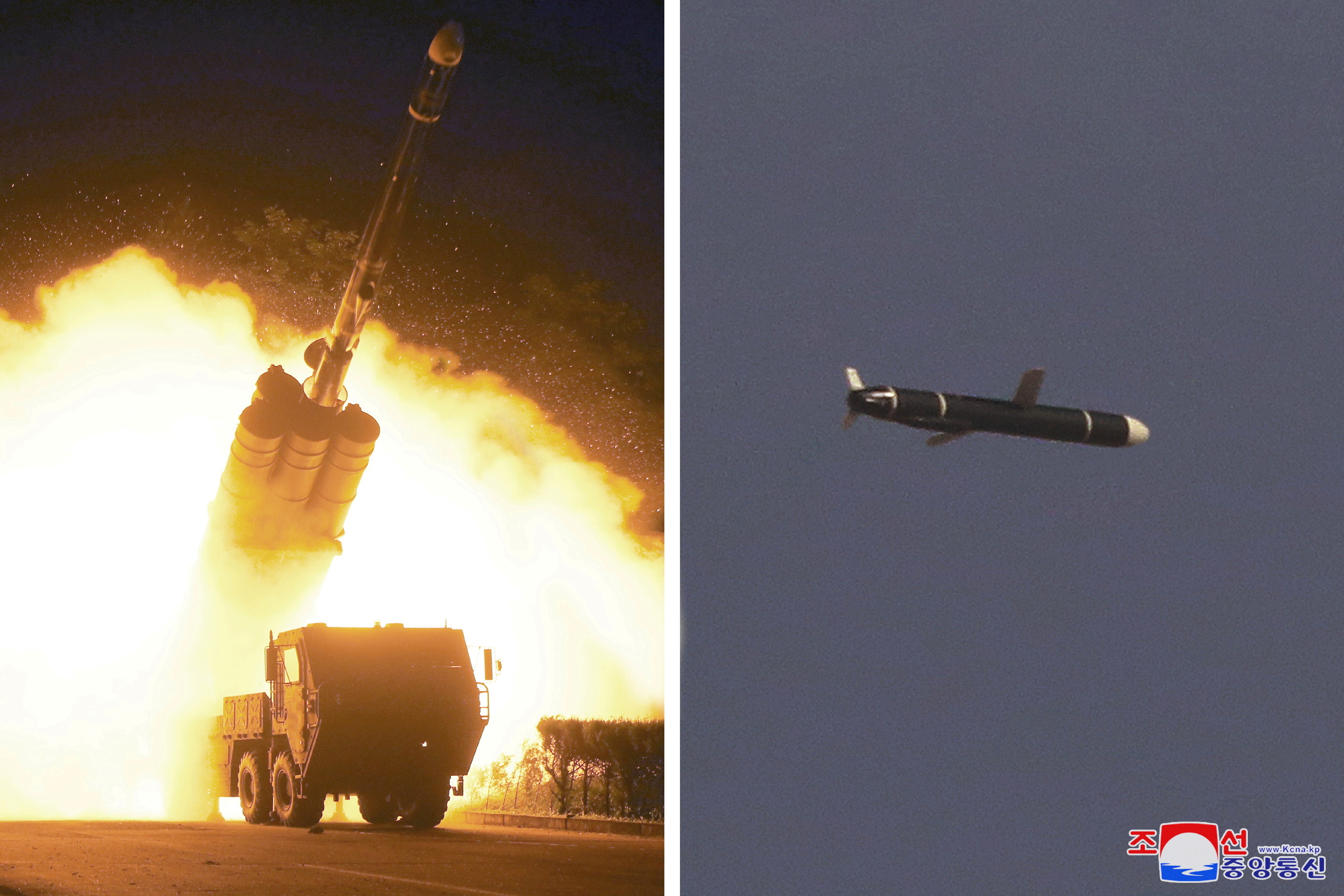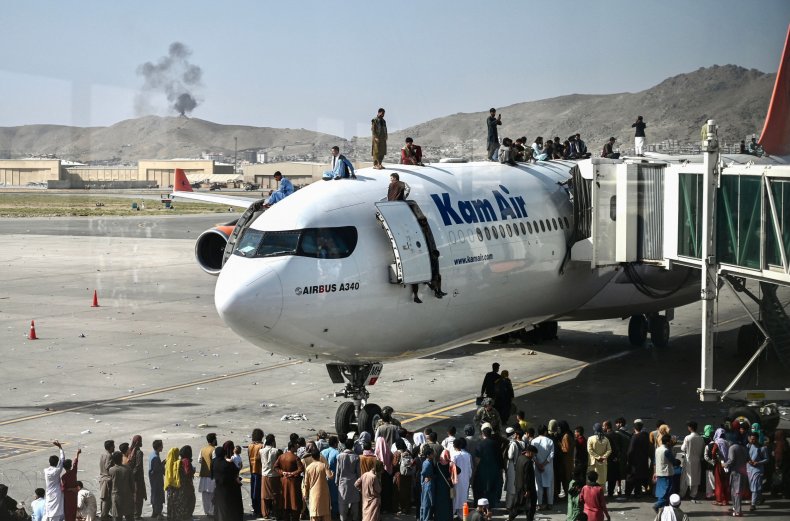It was 2017 when General Milley said China is not an enemy.
Well let’s go back to some facts shall we?
Has General Milley even met FBI Director Chris Wray?
The counterintelligence and economic espionage efforts emanating from the government of China and the Chinese Communist Party are a grave threat to the economic well-being and democratic values of the United States.
The Chinese government is employing tactics that seek to influence lawmakers and public opinion to achieve policies that are more favorable to China.
At the same time, the Chinese government is seeking to become the world’s greatest superpower through predatory lending and business practices, systematic theft of intellectual property, and brazen cyber intrusions.
China’s efforts target businesses, academic institutions, researchers, lawmakers, and the general public and will require a whole-of-society response. The government and the private sector must commit to working together to better understand and counter the threat.
Then, the New York Times publishes an article on April 13, 2021 titled: ‘China Poses Biggest threat to U.S., Intelligence Report Says’
Sure, it is several years later but and after Milley says he has known his CCP counterpart for 5 years…there is this –>
and this –>

The 112th Congress held a hearing (House Foreign Affairs Committee) on May 28, 2012 titled: Investigating the Chinese Threat, Part I: Military and Economic Aggression.
How about APT 40 (Advanced Persistent Threat) published by CISA? Can we really safeguard our trade secrets, intellectual property and infrastructure from the Chinese cyber war? Did General Milley discuss any of this in any other phone calls with his Chinese Communist Party counterpart?
China hacked Microsoft. Chinese hacking goes back several years. How about NASA, the World Bank, the State Department (East Asia Division), the Commerce Department, the Naval War College or the Lockheed Martin F-35 fighter program?
Remember when President Obama removed all CIA operatives from China? That was because the Chinese military was killing our operatives in country. How did they know?
CHINA USED STOLEN DATA TO EXPOSE CIA OPERATIVES IN AFRICA AND EUROPE
The discovery of U.S. spy networks in China fueled a decadelong global war over data between Beijing and Washington.
Around 2013, U.S. intelligence began noticing an alarming pattern: Undercover CIA personnel, flying into countries in Africa and Europe for sensitive work, were being rapidly and successfully identified by Chinese intelligence, according to three former U.S. officials. The surveillance by Chinese operatives began in some cases as soon as the CIA officers had cleared passport control. Sometimes, the surveillance was so overt that U.S. intelligence officials speculated that the Chinese wanted the U.S. side to know they had identified the CIA operatives, disrupting their missions; other times, however, it was much more subtle and only detected through U.S. spy agencies’ own sophisticated technical countersurveillance capabilities.
More than a thousand visiting researchers from China working at US universities have left the country since the summer, according to John Demers, chief of the Department of Justice’s national security division. This exodus comes as the Department of Justice has intensified its investigations of espionage by scientists at US institutions who are secretly affiliated with the Chinese government or military.
This summer, the Department of Justice has had at least five researchers from China arrested. They all had US visas but hadn’t disclosed their affiliations with the Chinese Communist party or military in their visa applications, Demers explained at a 2 December virtual summit of the Aspen Institute, a global non-profit think tank based in Washington DC. Those handful of arrests were ‘just the tip of the iceberg’, Demers stated.
‘Between those five or six arrests, and the dozens of interviews that the [FBI] did with individuals who were here under similar circumstances … more than 1000 [People’s Liberation Army]-affiliated Chinese researchers left the country,’ he claimed.
It appears that those departures were in addition to about a thousand Chinese graduate and postgraduate students whose visas were revoked by the State Department back in September under a ‘proclamation’ announced by outgoing President Trump. That directive prohibited individuals from studying or conducting research in the US if they were found to have links with the Chinese government or its military.
Bill Evanina, the US government’s top counterintelligence official, said at the summit that of the 1000-plus Chinese researchers who left the US he is ‘most concerned about the graduate-level students’. These researchers all came to the US ‘at the behest of the Chinese government and intelligence services’, and are going to particular universities to study specific fields that are expected to benefit China, he claimed.
***
CHICAGO (WLS) — The spy case against a former U.S. Army reservist and student at Illinois Institute of Technology wasn’t a one-man espionage show, according to federal investigators.
Ji Chaoqun’s federal court appearance in Chicago on Thursday is routine, in an anything-but-normal case. Chaoqun is charged against the backdrop of a possibly wider Chinese scheme to siphon intelligence information overseas.
Chaoqun and a similarly-accused spyman in Cincinnati, Ohio, shared the same foreign connection according to authorities, what’s known in intelligence circles as a “handler.” That link is pointed out in federal court records examined by the I-Team.
Chinese national Chaoqun, 30, is charged with providing intelligence officials in China with background check information on eight American citizens including defense contractors, federal investigators say. He had arrived in Chicago in 2013 with a student visa to study electrical engineering at IIT on the South Side but since being arrested has been locked up at the Metropolitan Correctional Center in the Loop for allegedly violating America’s Foreign Agents Registration Act.
In the Cincinnati case, Yanjun Xu is being held on charges he tried to steal trade secrets from GE Aviation, the giant military contractor and manufacturer. Xu, 40, is accused of downloading GE Aviation records onto his personal laptop and then smuggling them on a flight to China. As part of the charged scheme, federal authorities said Xu had posed as a technology association official and invited a GE Aviation employee to travel to China for a presentation. Xu became the first suspected Chinese intelligence official ever extradited to the U.S. He was arrested in Belgium and is now being detained at the federal penitentiary in Milan, Michigan.
So, what’s the connection between Cincinnati’s Xu and Chicago’s Chaoqun? While there is no indication the men were actual associates, commiserated in crime, or even ever met, the alleged link is buried in a Chicago court file.
Chaoqun’s criminal complaint cites a “clandestine and overt human source collection” used by Chinese officials to recruit spies and gather stolen intelligence.
“Chinese intelligence services conduct extensive overt, covert, and clandestine intelligence collection operations against U.S. national security entities, including private U.S. defense companies, through a network of agents within and outside of China,” states FBI Special Agent Andrew K. McKay.
According to the FBI, Chaoqun and Xu shared the very same covert, Chinese handler. U.S. authorities say the Chinese man assigned to secretly oversee both assignments, met with each alleged operative separately. They would get together in secret locations, frequently hotel rooms, but for the same alleged purpose: provide “information as a benefit to the Chinese government.”
Did General Milley discuss of of this with Li Zuocheng? Remember it is said that China was a little rattled at the potential instability of the United States and needed hand holding before and after the election of 2020 and the January 6 chaos in Washington DC. Seems, we Americans need hand holding from the woke Joint Chiefs of Staff and Pelosi.
Calls are routine? But the subject matter is hardly routine much less loyal to the homeland and the Constitution.  Greg Nash
Greg Nash
Joint Chiefs of Staff spokesperson Col. Dave Butler on Wednesday confirmed that Joint Chiefs Chairman Gen. Mark Milley called his Chinese counterparts after the Jan. 6 riot at the Capitol but said those calls were routine.
Butler said in a statement that Milley “regular communicates with Chiefs of Defense around the world, including China and Russia. These conversations remain vital to improving mutual understanding of U.S. national security interests, reducing tensions, providing clarity and avoiding unintended consequences or conflict.”
The statement comes in response to reports that a forthcoming book says Milley once told his Chinese counterpart that he would give a heads up before any attack on China by the U.S.
“You and I have known each other for now five years. If we’re going to attack, I’m going to call you ahead of time. It’s not going to be a surprise,” Milley said, according to an excerpt from a new book by veteran journalist Bob Woodward and The Washington Post’s Robert Costa.
“All calls from the Chairman to his counterparts, including those reported, are staffed, coordinated and communicated with the Department of Defense and the interagency,” Butler said in Wednesday’s statement.





